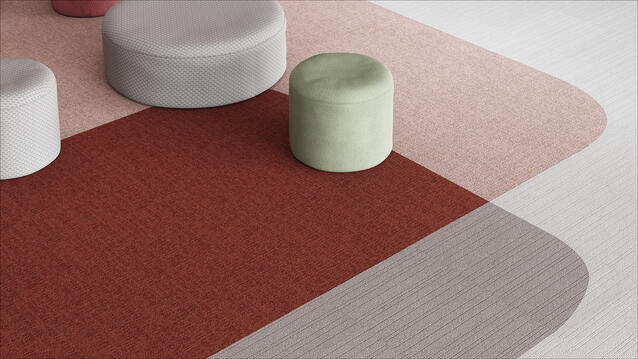
How particulate matter poses a health hazard
In recent years, particulate matter has increasingly been on the (political) agenda. And with good reason, because research by the World Health Organization ( WHO ) shows that particulate matter can have major health consequences.
What is particulate matter?
In short, particulate matter is a collective name for very small particles that float through the air. This can be soot particles, drifting sand, exhaust gases, but also plant material or emissions from industry.
Particulate matter is a form of air pollution that can have major effects on air quality and the health of humans and animals. The European Union has therefore placed this subject high on its agenda, because particulate matter is seen as the continent 's greatest environmental health risk.

Types of particulate matter
There are different categories of particulate matter. The subdivision is determined by the size of the particles and can be divided into:
PM 10 : with a maximum diameter of 10 µm (micrometres), this includes all particles smaller than 10 micrometres, where PM stands for 'particulate matter'
PM 2.5 : particles with an aerodynamic diameter smaller than 2.5 micrometres
PM 0,1 : or ultrafine particles, consisting of particles with an aerodynamic diameter smaller than 0,1 micrometre.
Dangers of fine dust
As mentioned earlier, the European Union considers particulate matter to be one of the biggest environmental problems at the moment and a threat to public health. In general, particles with a smaller diameter are more harmful to health, because the smallest particles (from PM 10 ) can end up in the lungs when inhaled.
Research shows that long-term exposure to particulate matter can shorten people's life expectancy by a few days to months (also depending on possible disorders and general condition). According to the RIVM , lifelong exposure can lead to lasting effects such as reduced lung functions, increased respiratory symptoms and premature death due to these complaints and cardiovascular disease.
In addition, an increased concentration of particulate matter and air pollution ( according to the EU Science Hub ) can also influence the greenhouse effect. Because some types of particulate matter reflect sunlight or absorb heat, they also provide a cooling effect, which can contribute to aggravating the greenhouse effect.

What can be done against particulate matter?
There are several ways to ensure a lower concentration of particulate matter in the air in your home or workplace:
- Heat consciously: opt for (atmospheric) heating with the least emissions of particulate matter. Heating with a wood-burning stove or fireplace creates a large emission of harmful substances.
- Ventilate well: good ventilation ensures constant movement in the air, so that fine dust cannot get stuck.
- Opt for healthy materials: bad paint can pollute the air, for example, but cast floors and incorrect (office) furniture can also contribute to reduced air quality.

Tarkett and the fight against particulate matter
Within Tarkett we are also fully engaged in indoor air quality and reducing harmful substances in the air. By using healthy, recyclable and sustainable materials we ensure that our products can be safely reused or broken down and thanks to innovations such as the AirMaster ®, EcoBase backing and the replacement of phthalates in our products with environmentally friendly materials, we ensure that we contribute to reducing particulate matter in the air and improving indoor air quality .
At Tarkett, we believe that we can make a positive contribution to people and the environment. Co-creation, collaboration, sustainability and innovation are our starting points, so that our products can deliver optimal performance that contribute to a better world.





